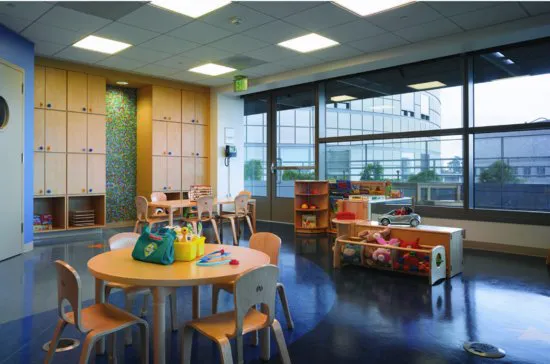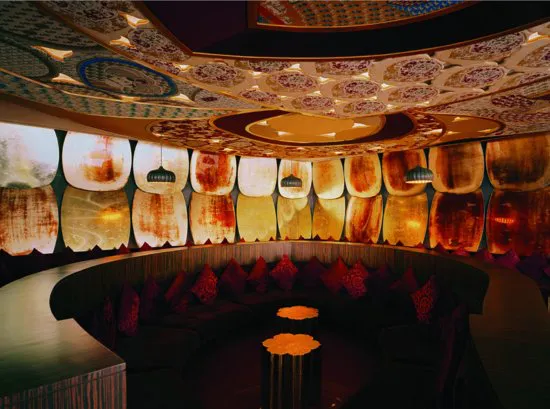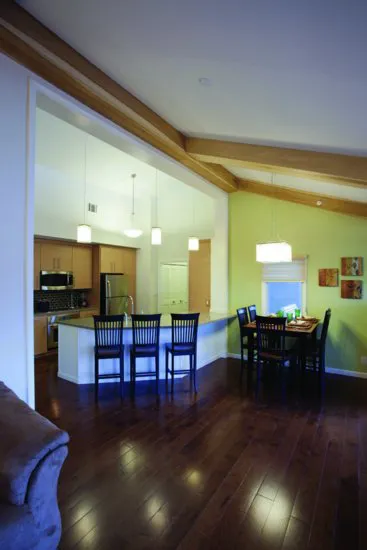
eBook - ePub
Designing Interiors
Rosemary Kilmer, W. Otie Kilmer
This is a test
Compartir libro
- English
- ePUB (apto para móviles)
- Disponible en iOS y Android
eBook - ePub
Designing Interiors
Rosemary Kilmer, W. Otie Kilmer
Detalles del libro
Vista previa del libro
Índice
Citas
Información del libro
After its publication in 1992, Designing Interiors became a hugely successful reference tool and designing textbook. In Designing Interiors, Second Edition, updates on trends in sustainability and green design, building codes, universal design, and building information models amplify the already invaluable interior design tricks of trade. Design professors Rosemary and Otie Kilmer provide a fuller design history that incorporates non-Western design and dynamic color illustrations that flesh out technical concepts.
Preguntas frecuentes
¿Cómo cancelo mi suscripción?
¿Cómo descargo los libros?
Por el momento, todos nuestros libros ePub adaptables a dispositivos móviles se pueden descargar a través de la aplicación. La mayor parte de nuestros PDF también se puede descargar y ya estamos trabajando para que el resto también sea descargable. Obtén más información aquí.
¿En qué se diferencian los planes de precios?
Ambos planes te permiten acceder por completo a la biblioteca y a todas las funciones de Perlego. Las únicas diferencias son el precio y el período de suscripción: con el plan anual ahorrarás en torno a un 30 % en comparación con 12 meses de un plan mensual.
¿Qué es Perlego?
Somos un servicio de suscripción de libros de texto en línea que te permite acceder a toda una biblioteca en línea por menos de lo que cuesta un libro al mes. Con más de un millón de libros sobre más de 1000 categorías, ¡tenemos todo lo que necesitas! Obtén más información aquí.
¿Perlego ofrece la función de texto a voz?
Busca el símbolo de lectura en voz alta en tu próximo libro para ver si puedes escucharlo. La herramienta de lectura en voz alta lee el texto en voz alta por ti, resaltando el texto a medida que se lee. Puedes pausarla, acelerarla y ralentizarla. Obtén más información aquí.
¿Es Designing Interiors un PDF/ePUB en línea?
Sí, puedes acceder a Designing Interiors de Rosemary Kilmer, W. Otie Kilmer en formato PDF o ePUB, así como a otros libros populares de Architecture y Interior Design. Tenemos más de un millón de libros disponibles en nuestro catálogo para que explores.
Información
PART ONE
THE HISTORICAL AND THEORETICAL BASES OF DESIGN
1
Interior Design, an Introduction
Interior design is one of the most exciting and creative professions. A combination of art, science, and technology, interior design, in practice, manipulates space, form, texture, color, and light to enhance the quality of human life. This book is about interior spaces and their design and about interior design as a profession. The practice of actively designing interior space is a major commitment by those who enter the field, that is, people who work toward improving our built environments.
We spend an increasing amount of our lives indoors in built environments. We wake from a night’s sleep in some form of interior space and go to learn, work, or play in another space that gives a sense of purpose to our lives. We may briefly go outdoors to get to the site of our day’s occupation, but the amount of time spent outdoors is usually only a fraction of the time spent indoors.
Why should we be concerned about the design of interiors? Well-designed spaces can contribute substantially to our sense of well-being, not just serve as shelters. They can be positive influences on our socialization, learning, and general appreciation of life. People’s behavior can be positively or negatively reinforced by interaction with environmental forces.
The task of those who design our interior spaces becomes increasingly important as more people spend greater amounts of time indoors. Designers must devise spaces that serve the basic needs of the users and at the same time create positive and uplifting effects. Properly designed environments are efficient and harmonious (Figure 1.1). They can have a pervasive positive influence, which interiors that are not carefully designed may not have.

Figure 1.1 This Haworth showroom, in San Francisco, is an excellent example of a well-designed interior that serves the needs of the users and creates a positive and uplifting effect.
Courtesy of Perkins + Will; Photo Courtesy of Haworth, Inc.; Nick Merrick © Hedrich Blessing
CURRENT ISSUES IN DESIGN
Interior design is a dynamic profession that changes over time as the result of technological advances, research, codes, culture, and environmental factors. Some of the current issues facing interior designers include universal design, globalization, and sustainable design.
Universal Design
Universal design is a concept that encompasses the design of worldwide environments, spaces, objects, and communication with the intent of serving the widest range of users, regardless of age and physical abilities. Universal design can include accessible design, which specifically focuses on people with disabilities and their right of access to entities. However, the two terms should not be used interchangeably. Universal design is involved with more than providing minimal compliance with specific accessibility requirements and guidelines. It seeks to integrate accessible features into the design of the building, interiors, and objects. It addresses the usability issues of spaces and equipment, instead of merely setting standards and minimum requirements, which accessible design does. See Chapter 10 for more detailed information on accessibility. Interior designers are also involved with designing for special populations, which include people of all abilities and ages, including children, the elderly, and those with temporary or permanent special needs (Figure 1.2).

Figure 1.2 Mattel Children’s Hospital UCLA is designed to serve the needs of its special population.
Courtesy of Perkins + Will; © fotoworks/Benny Chan
Globalization
Interior designers often work on a global scale and with multicultural communities and people. This is particularly true today as the Internet and other digital media allow designers and others to communicate worldwide. Designers may encompass a multitude of nationalities, cultural traits, physical needs, and preferences. The use of space and the meaning of color may vary among different cultures, regions, and countries. Materials indigenous to a region may also affect how environments are built. Therefore, designers must be aware of particular cultural beliefs and preferences in order to propose appropriate design solutions for a global market (Figure 1.3).

Figure 1.3 The Park Hotel in Hyderabad, India, infuses a modern, sustainable design with the local craft traditions, and is influenced by the region’s reputation as a center for the design and production of gemstones and textiles.
© Skidmore, Owings & Merrill LLP | © Robert Polidori
Sustainable Design
Sustainable design seeks to reduce the negative impacts on our environments, eliminate nonrenewable resources, and promote the interaction of people and the natural environment. The need for sustainable design is a direct result of global growth in human population, economic activity, damage to the earth’s ecosystem, and depletion of natural resources. Sustainability principles include energy conservation and efficiency, recycled or sustainably produced materials, improved indoor environmental quality (such as air), and requiring performance standards for the quality and durability of products that last longer—reducing or eliminating their replacement cycles (Figure 1.4). Sustainable design is also referred to as green design, although the latter term can be somewhat overused to include many things that may not be up to sustainable standards.

Figure 1.4 Purdue University’s net-zero energy house utilizes h...